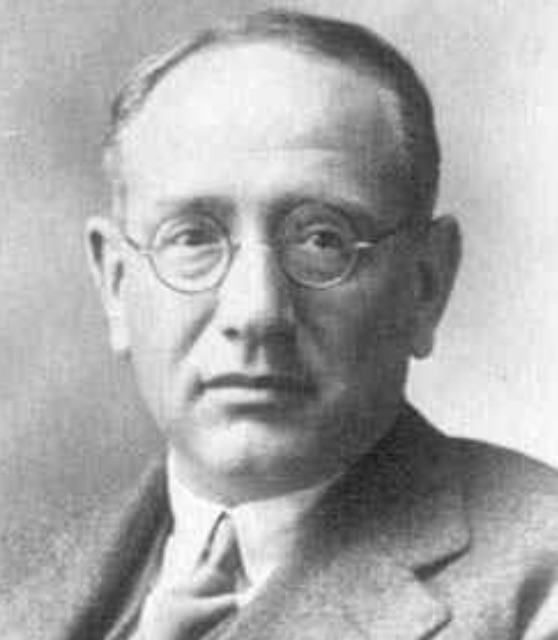
George Pólya was born on December 13, 1887, in Budapest, Hungary, into a Jewish family. He studied at the University of Budapest, where he earned a doctorate in mathematics in 1912 under the supervision of Lipót Fejér. After completing his studies, George worked as a professor at the ETH Zurich (Swiss Federal Institute of Technology) from 1914 to 1940.
He made significant contributions to several areas of mathematics, including symmetry groups, complex analysis, probability theory, number theory, and mathematical physics. Pólya’s work in probability theory and combinatorics had a lasting impact. His book “Combinatorial Enumeration of Groups, Graphs, and Chemical Compounds” is particularly notable.
George Pólya was known for his excellent teaching skills and his interest in mathematical education. He wrote several influential books on problem-solving and mathematical heuristics, such as “How to Solve It,” which is widely regarded as a classic in the field of mathematical education. His emphasis on problem-solving strategies and heuristic approaches has influenced mathematics education at various levels. In “How to Solve it”, Pólya explains:
A GREAT discovery solves a great problem, but there is a grain of discovery in the solution of any problem. Your problem may be modest, but if it challenges your curiosity and brings into play your inventive faculties, and if you solve it by your own means, you may experience the tension and enjoy the triumph of discovery.
In 1940, as World War II expanded throughout Europe, Pólya emigrated to the United States, where he continued his academic career. He taught at Stanford University until his retirement in 1953 but remained active in mathematical circles. Even after retirement, he continued to publish books and articles on mathematical problem-solving and education.
George Pólya’s books and teachings have influenced generations of mathematicians and students, emphasizing the importance of heuristic thinking in creative problem-solving.
George Pólya passed away on September 7, 1985, but his legacy endures through his contributions to mathematics and his influence on mathematical education.
